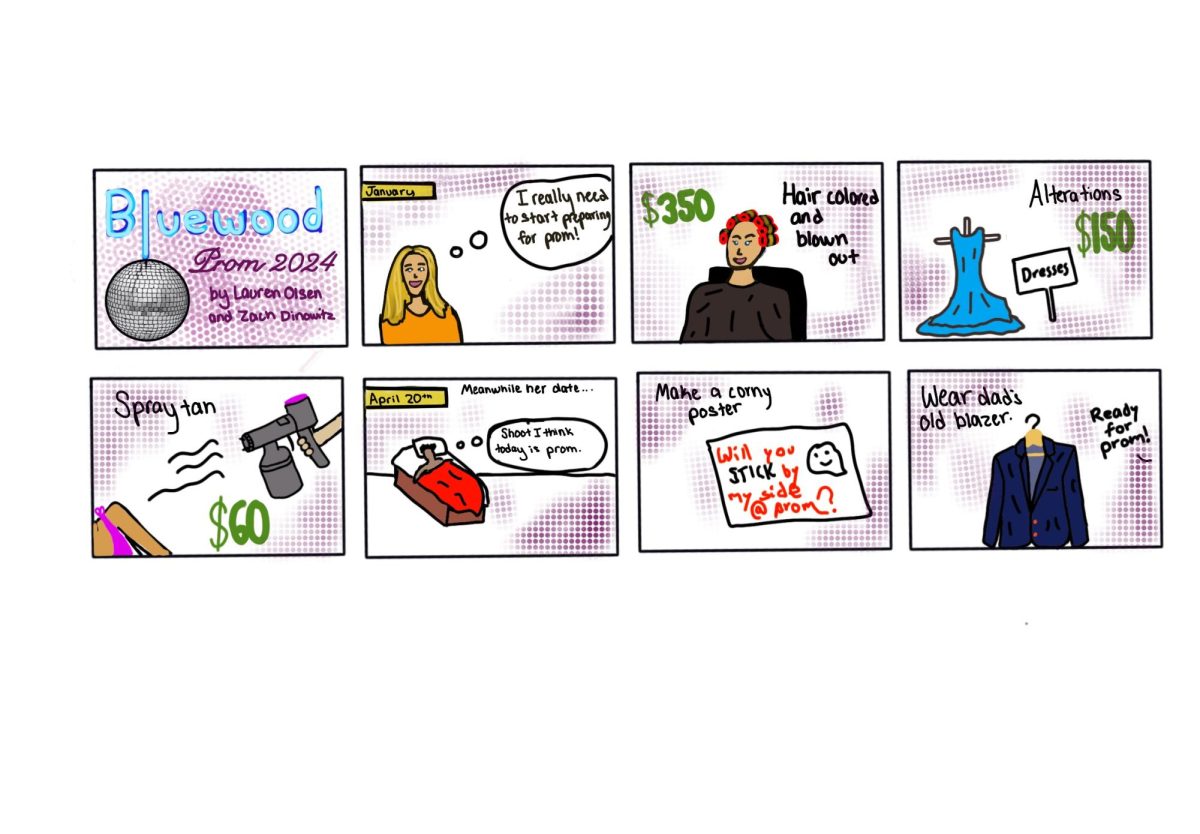San Francisco Mayor Ed Lee recently announced plans to make the City College of San Francisco free for all students. Some will argue that the end—free education for all—justifies the means, particularly in a city like San Francisco where there is significant income disparity.
But that’s missing the point. Most of the cost of this supposedly free plan is being paid by the average California family with a median income of $61,000 per year who doesn’t live in San Francisco and can’t take advantage of the plan.
San Francisco Supervisor Jane Kim touted the fact that now “even the children of the founders of Facebook” can receive a tuition-free education at CCSF because anyone living in San Francisco can take advantage of this opportunity.
However, Lee’s misguided approach to funding education means he is acting as a reverse Robin Hood—he is robbing from the poor and middle classes to make the rich even richer by setting no income eligibility limits for families who can take advantage of this new plan.
On its surface, San Francisco’s $5.4 million investment in this plan appears to be paid for by the wealthy, as the funds Lee will use to pay for student tuition will be derived from a new tax on sales of residential and commercial properties of more than $5 million. But a deeper look shows that the greatest cost of increased student enrollment at CCSF will actually be borne by every California taxpayer.
The reason every California taxpayer will be paying for this plan is because Lee is betting his new plan will generate significantly greater student enrollment. After all, who wouldn’t want a free education? Greater enrollment will mean significantly greater match funding from the state of California for CCSF, increasing the burden on state taxpayers.

If, for example, CCSF’s enrollment increases by 20 percent as anticipated in the plan—or by 4,400 students—that will result in a need for approximately $11 million of additional state funding in the next year. This compares to only about $5.4 million required for covering student tuition that would be paid for by San Francisco’s new tax plan.
Lee is sugar-coating his plan in “education for all” jargon, riding the wave of the increasingly popular notion recently espoused by Bernie Sanders in the presidential campaign that college should be free for all. But nothing is really free—someone always has to pay. In this case it’s the confused California taxpayer who doesn’t understand how government funding really works.
But Lee knows how government works and how to find deeper pockets to use to save local institutions like CCSF. This is his true goal. However, CCSF may not deserve to survive, considering it has taken the last five years for the college to get its finances and academic operations in order.
CCSF has been involved in a battle for years with the Accrediting Commission for Community and Junior Colleges to retain its accreditation. In 2012, the commission found that CCSF was plagued by problems.
The college failed to meet its budgetary obligations and demonstrated numerous administrative, staffing and facility shortfalls, according to the commission’s report. CCSF’s accreditation was finally reinstated in January 2017, by why did it take so long? And how do we know these problems won’t arise again?
The school’s enrollment is now approximately 22,000 full-time students, compared to 35,000 when the review started in 2012. The threat of loss of accreditation can severely ruin a school’s reputation and result in the loss of millions of dollars of state funding. In order to retain its accreditation, CCSF desperately needs to boost enrollment to gain more funding.
In 2015, CCSF acknowledged that one of its main goals is to increase enrollment by over 10 percent annually in the next five years. Towards that end, it launched a year-long million dollar campaign to attract 25,000 new students by promoting new classes like motorcycle maintenance, hacking and printmaking. How are these classes a good use of taxpayer dollars?
Because the state—and not the student—is the primary source of funding for CCSF, taxpayers who are worth much less than Mark Zuckerberg could be paying for his kid’s college education under the new plan. In fact, without the additional state funding that such increased enrollment would offer, Lee’s idea makes no economic sense at all.
Almost every other state that has considered subsidizing the cost of education has included income restrictions in their student eligibility requirements. Lawmakers in Minnesota and New York have proposed legislation providing free college tuition for families making less than $125,000, for example. This income requirement ensures that taxpayer dollars are being allocated only to those who really need it.
But that would not create the big splash Lee needs to attract the students to save CCSF, would it?
Lee is irresponsibly using state and city taxpayer dollars to prop up an institution that may not be worth rescuing, nonetheless expanding. And I sure don’t want to pay for CCSF—or some privileged kid’s education—until I know more.
















